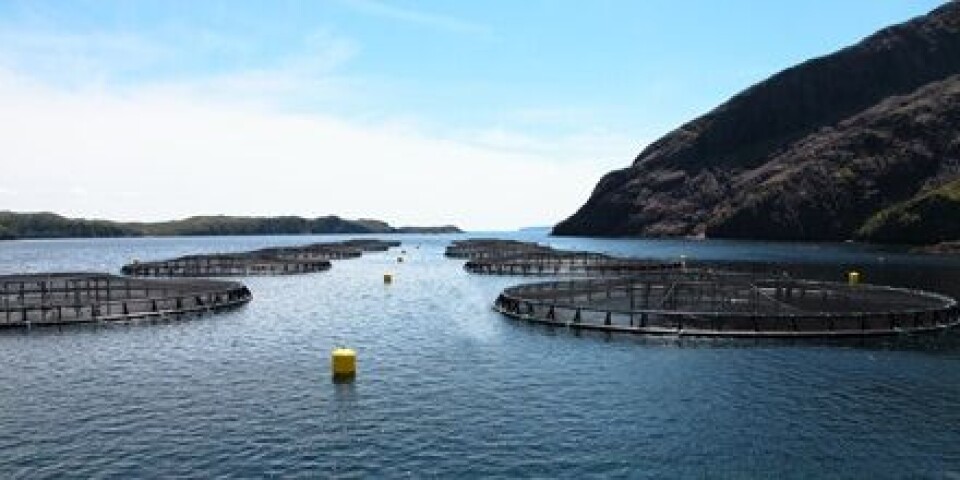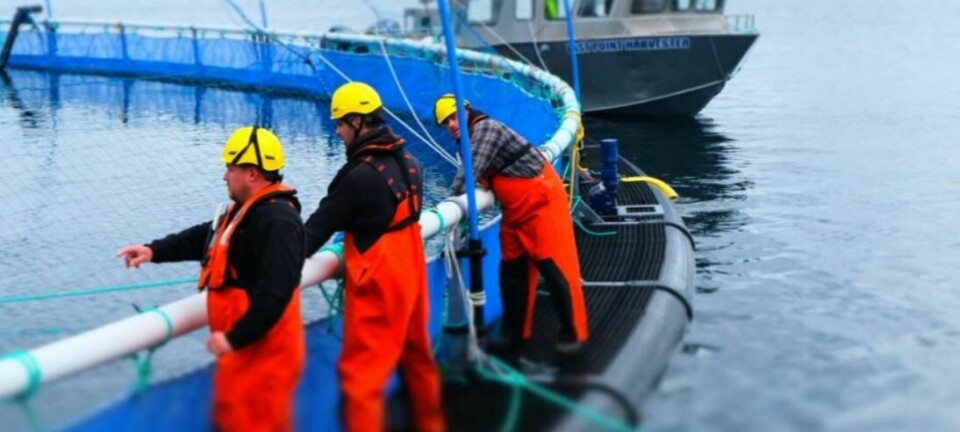
Triploids and lumpfish poised for Newfoundland project
Grieg's plans for establishing sites capable of producing 33,000 tonnes a year in Newfoundland's Placentia Bay include the stocking of triploid salmon and the use of lumpsuckers as cleanerfish.
The province of Newfoundland (NFLD) released a new aquaculture project from environmental assessments in July, giving Grieg NL Seafarms a green light to continue with its $250 million plans to go forward on building one of the biggest aquaculture operations in Canada.
The $251 million project includes setting up a $75 million hatchery and establishing 11 new ocean-pen sites in Placentia Bay, NFLD. If it goes ahead it aims to produce seven million smolts annually, and a harvest of 33,000 tonnes of Atlantic salmon a year, according to a memorandum of understanding the Province of Newfoundland signed with Grieg in 2015.
Part of the plans for the new operations is to use a triploid Icelandic strain of Atlantic salmon to avoid potential breeding with wild populations in the event of escapees, and the use of cleanerfish to help with sea lice control.
Controversial
However, Owen Myers, a local lawyer, isn't convinced the project has gone through the proper channels of assessment, and last week filed a lawsuit against the province, stating the decision to go forward was "reckless" and that he "is concerned the technology Grieg will use is not scientifically proven".
"I do think that [the Minister of Environment and Conservation] made a very big mistake releasing this without a full EIS [environmental impact statement], which allows the public to really have a reasonable and decent chance to participate in public hearings and debate this," Myers told CBC Radio's The Broadcast.
Methods are tried and true, says Grieg
However, in a statement to media, the company defended the technology, which has been used in other jurisdictions for many years.
"This aspect of modern aquaculture ensures wild stocks are protected and the aquaculture industry can thrive in harmony with the environment," the statement reads.
"Sterile salmon have been used in Norway for years with success and it's part of the ongoing effort to minimize the industry's impact on the environment."
The statement also noted that using lumpfish to control sea lice reduces the need for chemicals, and is a proven technique to help mitigate sea lice infestations on farms.
"A proven natural approach of modern aquaculture is the use of cleaner fish," the statement reads - citing Norway, Shetland, Iceland and the Faroe Islands as examples of where the use of lumpfish to control sea lice has been successful.
"Grieg NL Seafarms will use lumpfish to help manage this problem. A viable broodstock is being developed here in Newfoundland by Memorial University," it said.






















































